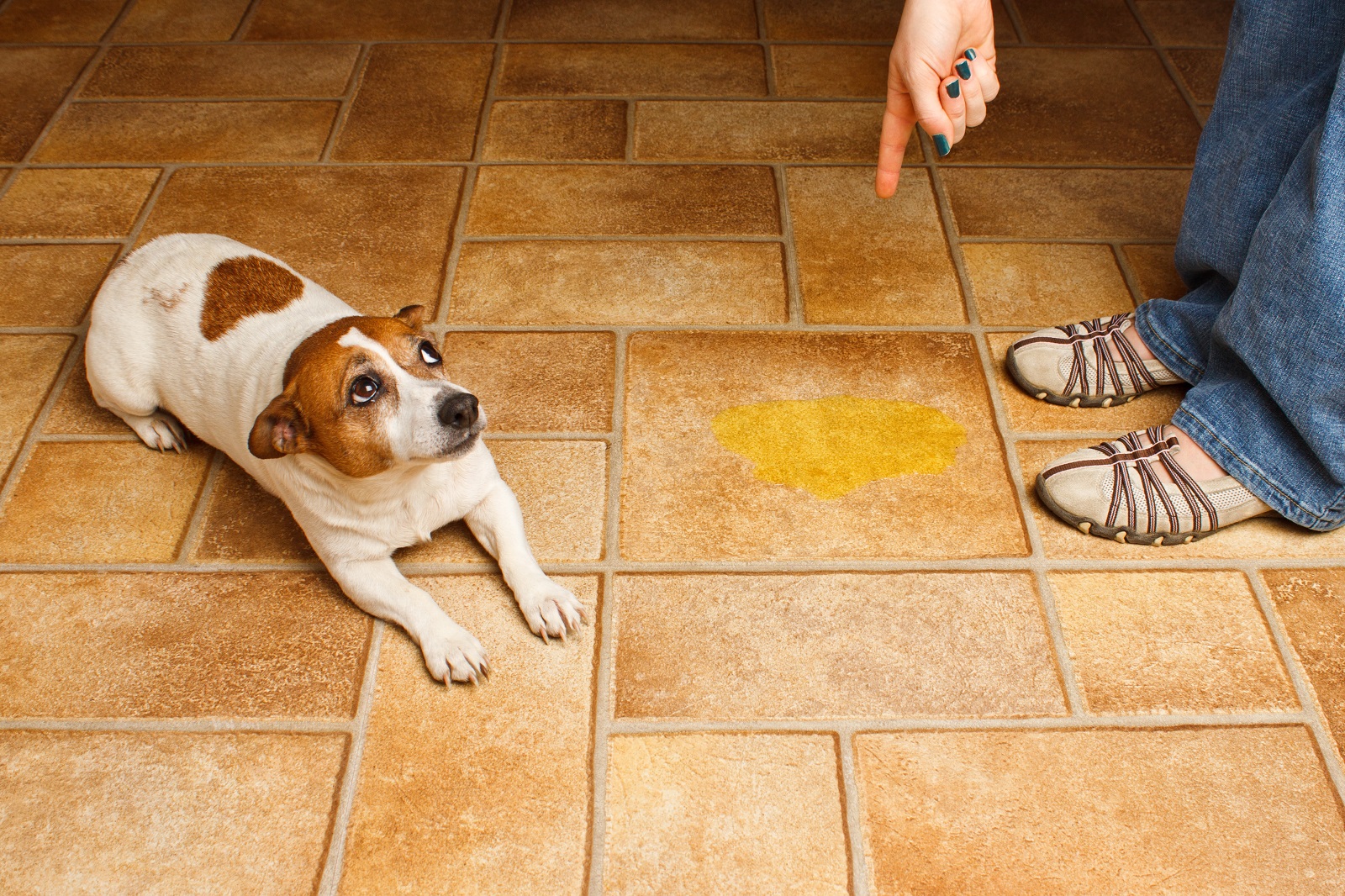The promise of a fresh start for a rescue dog often collides with the harsh truth of ingrained habits. Despite your best efforts and love, some behaviours are so deeply rooted that they resist change. Here’s a sobering look at what you might expect when bringing a rescue dog into your home.
1. Fear of Strangers

Many rescue dogs come from backgrounds of neglect or abuse, leading to a deep-seated fear of strangers. Even with consistent socialisation efforts and professional training, this anxiety can persist, making it challenging to have guests over or take your dog to public places.
2. Food Aggression

Dogs who have faced food scarcity often develop aggressive behaviours around food. This aggression can manifest in growling, snapping, or even biting when they feel their food is threatened, and behaviourists find it exceptionally hard to completely eradicate this survival instinct.
3. Separation Anxiety

Separation anxiety is common in rescue dogs who have experienced abandonment. This can result in destructive behaviour, incessant barking, and extreme distress when left alone. While training can help manage the symptoms, the underlying anxiety often remains.
4. Resource Guarding

Resource guarding involves a dog becoming possessive over toys, beds, or even people. This behaviour is often a result of past scarcity and can be dangerous. Despite efforts from dog behaviourists, this tendency can be very difficult to fully eliminate.
5. Excessive Barking

Rescue dogs may bark excessively due to past trauma or to ward off perceived threats. This behaviour can be disruptive and hard to manage, even with training and patience. Neighbours and landlords might not be as understanding of this persistent issue.
6. Leash Reactivity

Leash reactivity, where a dog lunges and barks at other dogs or people, is often rooted in fear or frustration. Rescue dogs with this issue can be difficult to walk and pose a risk to themselves and others. Behaviourists can help mitigate this, but complete resolution is rare.
7. House Soiling

House soiling is a frustrating issue that can stem from a lack of proper training or anxiety. Many rescue dogs struggle with this behaviour, and it can persist despite consistent house training efforts. The stress of new environments can often exacerbate this problem.
8. Destructive Chewing

Destructive chewing can be a coping mechanism for anxiety or boredom, common in rescue dogs. This behaviour can result in significant damage to your home and belongings, and while training can reduce it, it often remains a persistent issue.
9. Timidity

Timidity or shyness around people, noises, or new environments is often ingrained in rescue dogs from their difficult pasts. This lack of confidence can make everyday activities stressful for both the dog and the owner, and full recovery is seldom achieved.
10. Hyperactivity

Some rescue dogs exhibit hyperactivity due to prolonged confinement or stress. This behaviour can be exhausting for owners and difficult to manage, requiring extensive exercise and mental stimulation. Even then, it may never fully subside.
11. Nipping and Biting

Nipping and biting can be a form of communication or a reaction to fear in rescue dogs. This behaviour is particularly concerning if there are children in the household. Professional training can help manage the behaviour, but the risk may always be present.
12. Jumping on People

Jumping on people can be a sign of excitement or a way to seek attention, often seen in rescue dogs lacking proper training. This behaviour can be hard to break and can be problematic, especially with visitors or young children.
13. Escaping and Roaming

Dogs that have spent time as strays may have a strong instinct to escape and roam. This can be dangerous and lead to them getting lost or injured. Even with secure fencing and diligent supervision, the urge to wander can remain.
14. Digging

Digging is a natural behaviour that can be exacerbated in rescue dogs due to anxiety or boredom. This can destroy your garden and be a persistent issue, difficult to eliminate even with training and environmental enrichment.
15. Chasing

The instinct to chase cars, bikes, or other animals can be strong in rescue dogs. This behaviour can be dangerous and is difficult to train out, often requiring constant vigilance to manage safely.
16. Night-time Anxiety

Night-time anxiety can cause rescue dogs to be restless, vocal, or destructive during the night. This can disrupt your household and be hard to address, with many dogs never fully adjusting to a peaceful night’s sleep.
17. Fear of Loud Noises

Fear of loud noises such as thunderstorms or fireworks is common in rescue dogs. This phobia can cause extreme distress and is challenging to manage, often requiring a combination of training and medication with limited success.
18. Overattachment

Overattachment to their new owner is a behaviour seen in many rescue dogs, stemming from a fear of being abandoned again. This can lead to clinginess and anxiety when the owner is out of sight, and despite efforts to build confidence, this behaviour often persists.
When Dreams Meet Reality

Adopting a rescue dog comes with the noble intention of offering them a better life, but it’s essential to acknowledge the potential lifelong challenges. Can you truly commit to the complexities and demands these behaviours entail?
Featured Image Credit: Shutterstock / K64End.
For transparency, this content was partly developed with AI assistance and carefully curated by an experienced editor to be informative and ensure accuracy.

